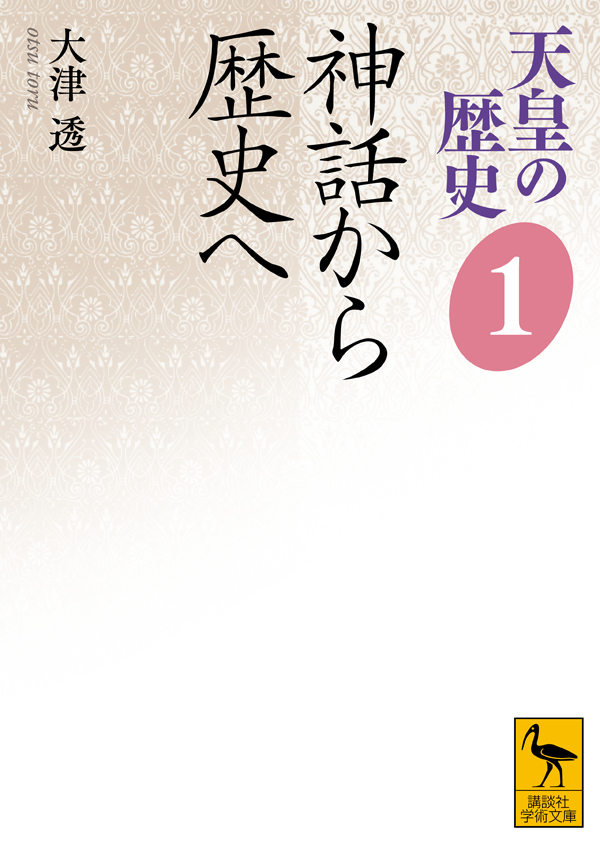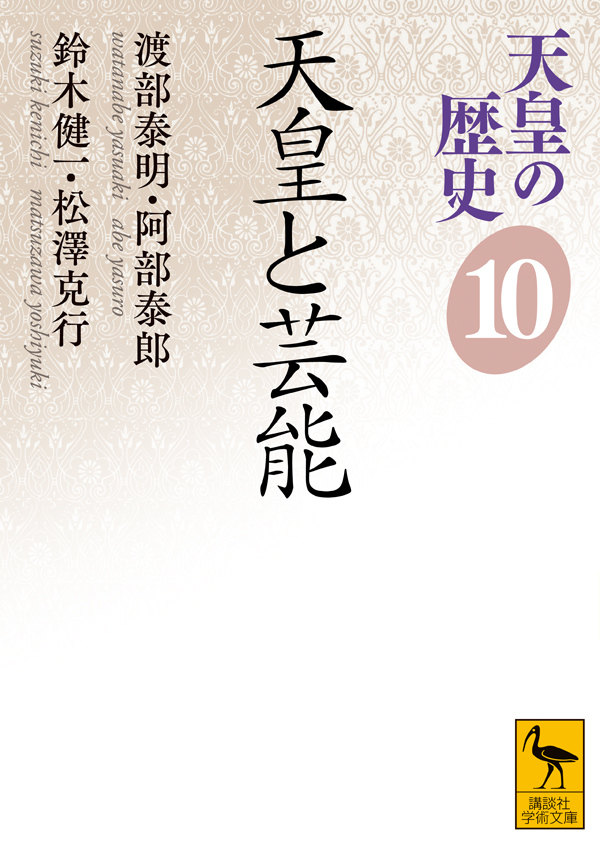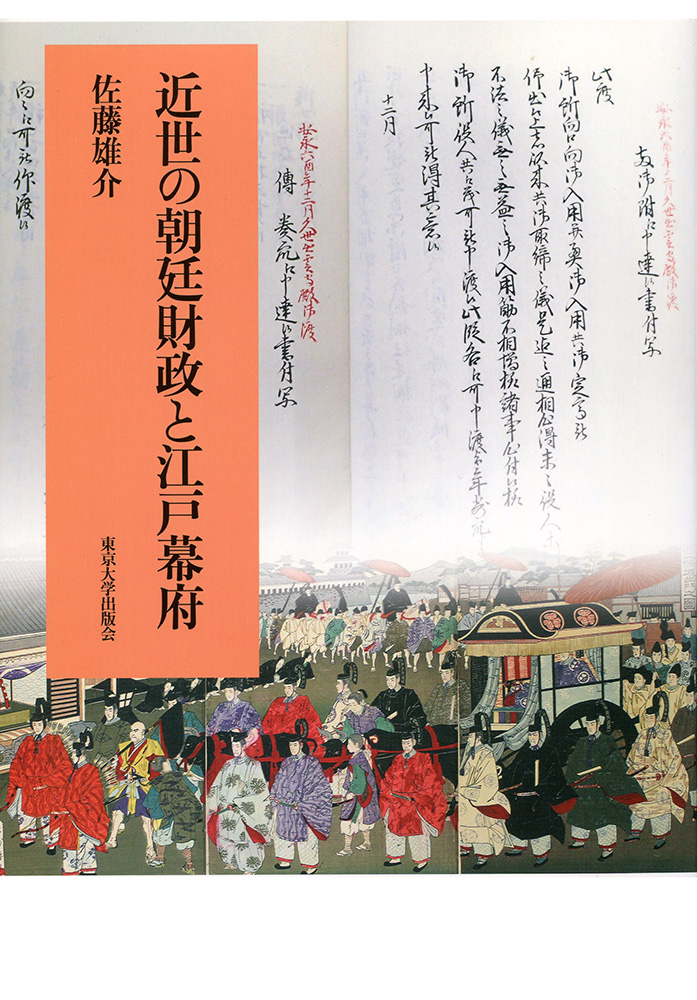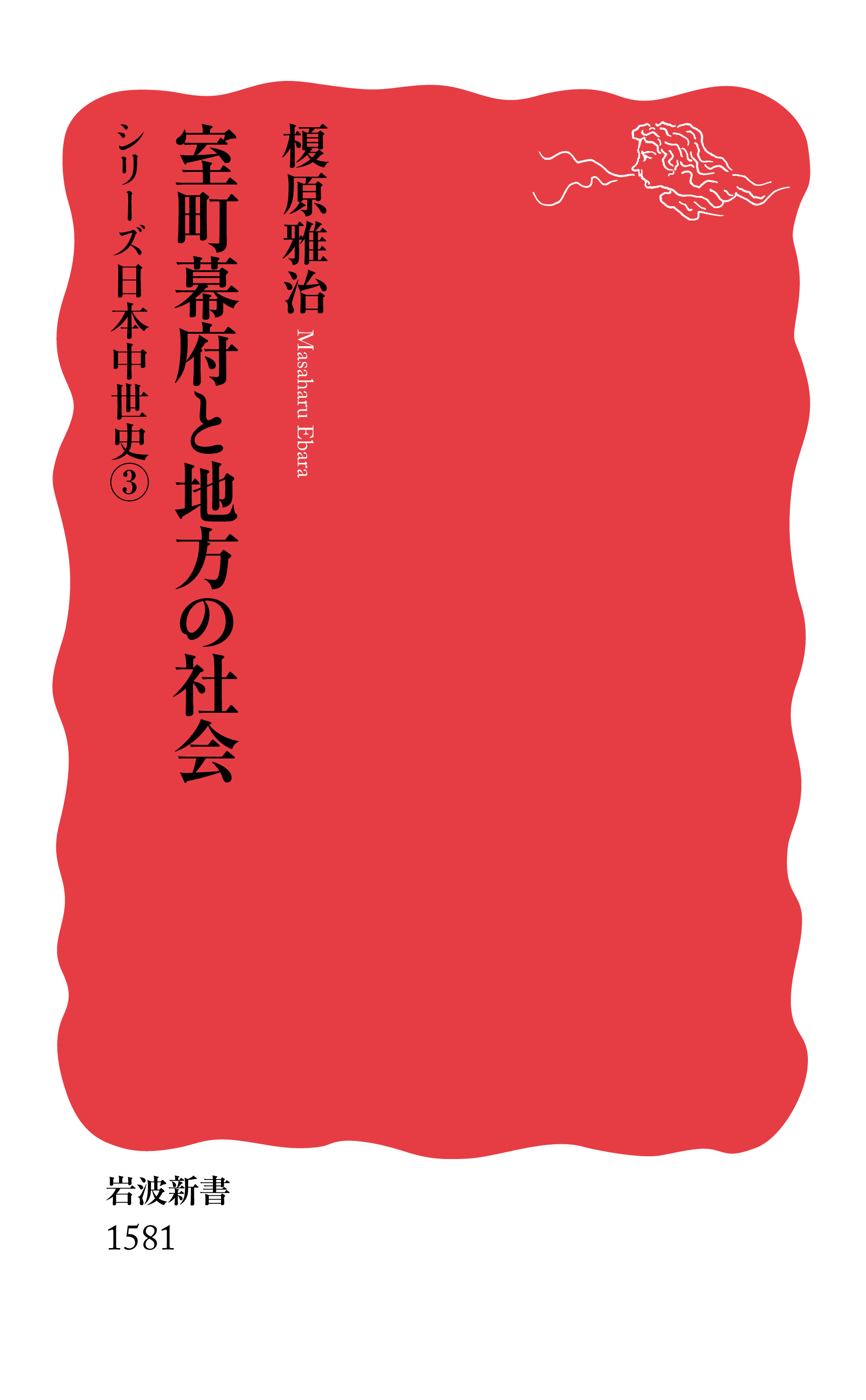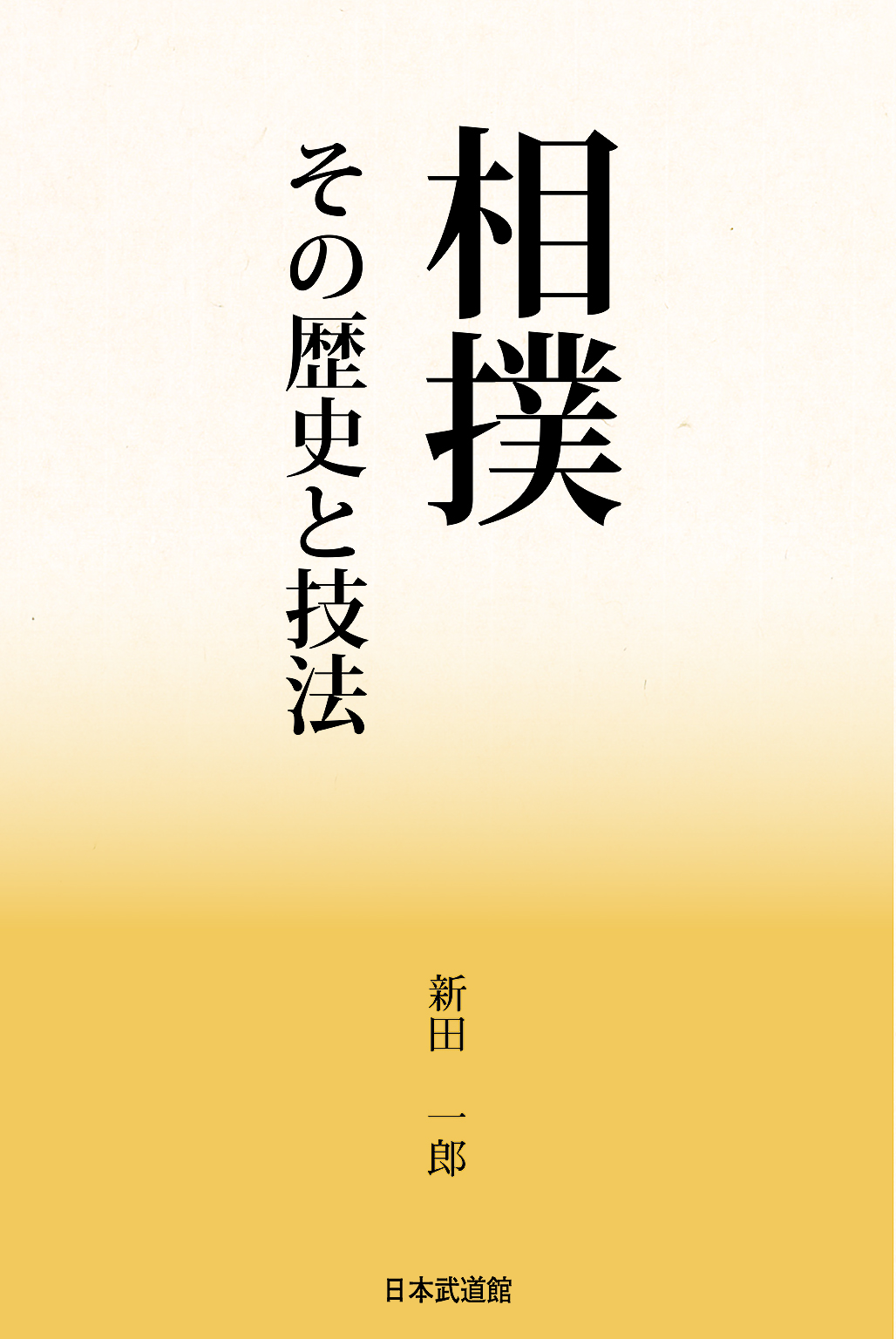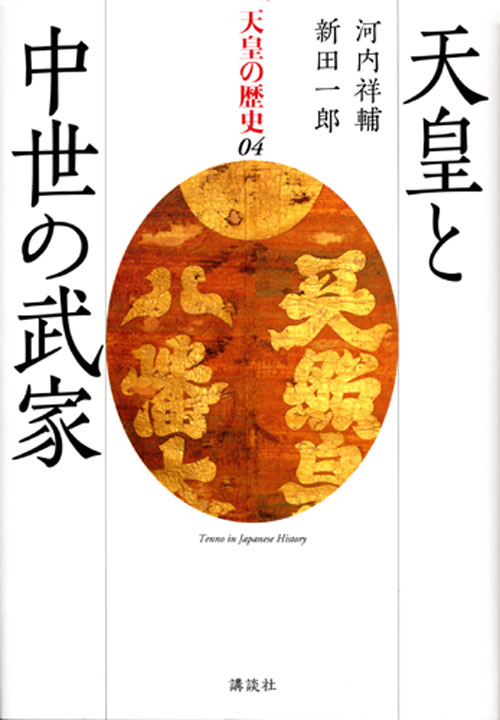
Title
Tenno to Chusei no Buke (The History of the Emperor 4: The Emperor and Medieval Warlord)
Size
390 pages, approx. 127x188mm
Language
Japanese
Released
March 11, 2011
ISBN
978-4-06-280734-0
Published by
Kodansha Ltd.
Book Info
See Book Availability at Library
Japanese Page
The first section of The Emperor and Medieval Warlord is titled “The Kamakura Shogunate and the Emperor,” written by Shosuke Kochi; it deals with the Kamakura era. The second section, “The Emperor as Classics,” written by Ichiro Nitta, deals with the Nanboku-cho and Muromachi periods. Treating the fundamental structure of the medieval Japanese state as the “court-shogunate system,” the first section describes the repeated attempts to achieve a dynamic equilibrium between the imperial court and the shogunate that occurred after the appearance of the shogunate, as part of the formation of the “court-shogunate system.” The second section provides a timeline of the then desired reconstruction after the fall of the Kamakura shogunate on the model of the “court-shogunate system” and how that movement paved way for the early modern period.
While The Emperor and Medieval Warlord is a volume in a series covering various time periods, it does not simply recount of people and events as they happened along a timeline. The second section particularly focuses on how the structure of events in people’s lives determined the shape of things, how those structures and conditions shifted over time, and the meaning of the term “emperor” within this mechanism. People do not act entirely freely in a society with no pre-conditions. A certain number of conditions are shared; these conditions cause relationships among people to be formed, bringing a stable structure to the world. Classical culture was a conventional device for carefully bringing the world into sync, and it played an important role in fulfilling these conditions.
A long-gone idealized world leaves traces behind it as idealized models in the literature and rituals. This world is normalized within classical culture, and in calling for a restoration of that world, a common orientation can be given to world movements. The medieval period established the prominence of the Kokin Wakashu and The Tale of Genji as representative classical texts, and it brought devoted attention to the civilized world that was the necessary precondition for the Heian period to flourish. While involving warriors in its composition, the classical culture prevailed from the center to the periphery while transforming the warriors in a vulgarized manner. This has something to do with the conditions that defined Japan as Japan.
In a world conceived using classical texts as a model, the emperor plays a unique role that is not easily filled by substitutes. The so-called “Nanboku-cho civil war” was a complicated process resulting from competition within a society of court nobles over family inheritances, resonating with the trend of warriors searching for the creation of great households, in the sense of kinship groups, built on the model of court noble society, and competition repeated ad infinitum to fill what might be termed as an ecological niche in society. The fact that a direct line was formed for the linear inheritance of the imperial throne along a specific bloodline or genealogy, coupled with the fact that this role clearly did not compete with the warrior class, led to the stability of the emperor’s ecological niche.
It is difficult for me, as the author, to measure the extent to which a unique value can be claimed for this period, as in the title of this book. However, the work is perhaps an attempt to provide a structural historical understanding, unlike the more common political histories or institutional histories that have become the norm.
(Written by NITTA Ichiro, Professor, Graduate Schools for Law and Politics / 2017)



 Find a book
Find a book


